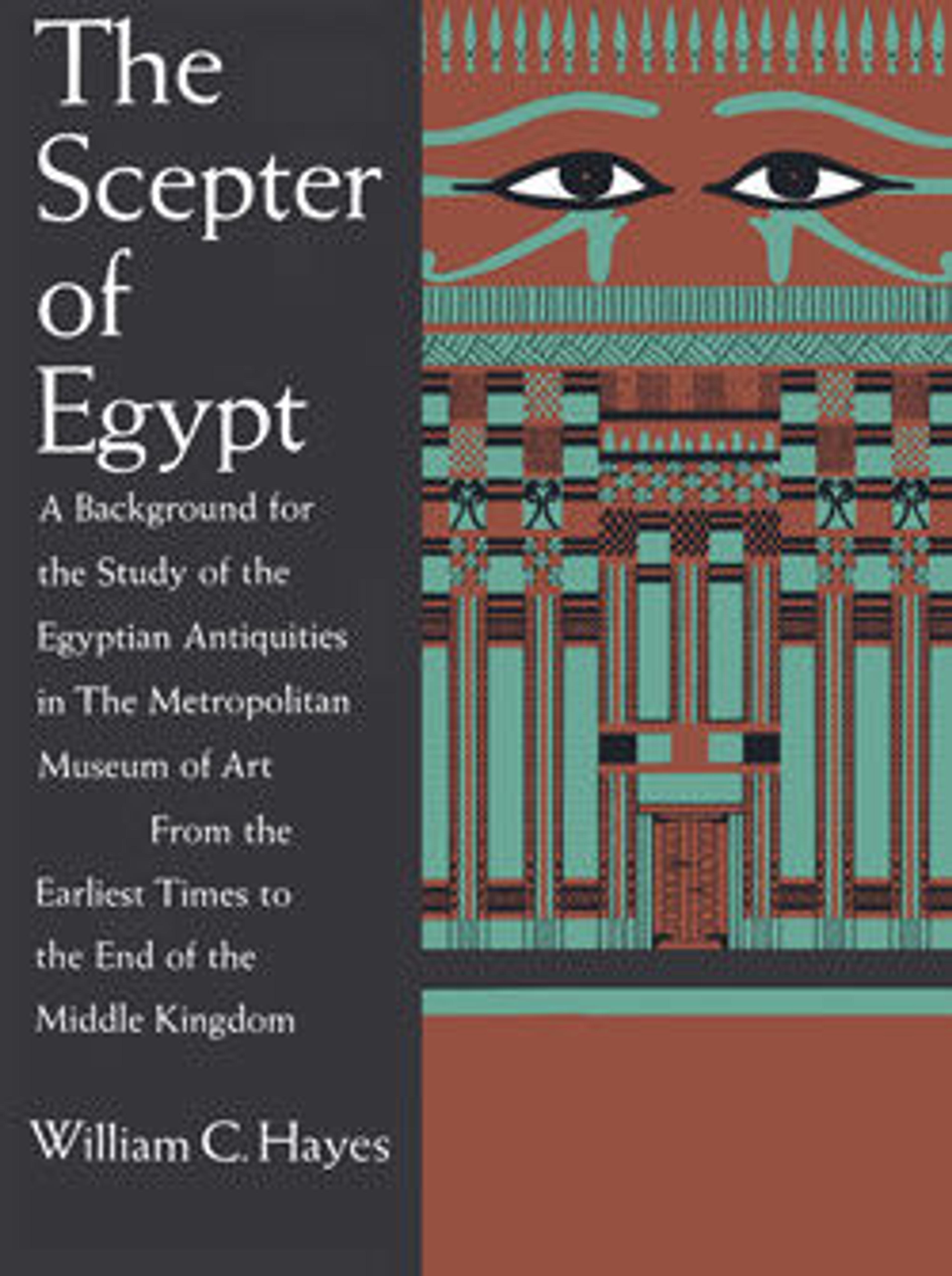Tablet from a foundation deposit of King Mentuhotep II
This tablet comes from a foundation deposit placed at the southeast corner of the terrace of Mentuhotep II's mortuary temple. There were four such deposits, each containing food offerings laid out in pottery dishes and miniature jars with mud stoppers that once held wine or beer. Across the top of each deposit were laid four flat mud bricks. One of these was solid; embedded in each of the other three was an inscribed tablet made out of one of the other materials to be used for building the temple, namely wood, stone, and metal. This wooden example is inscribed with the name of Nebhepetre (Mentuhotep II), who is said here to be beloved of the god Montu-Re, lord of Thebes.
Artwork Details
- Title: Tablet from a foundation deposit of King Mentuhotep II
- Period: Middle Kingdom
- Dynasty: Dynasty 11
- Reign: reign of Mentuhotep II
- Date: ca. 2060–2010 B.C.
- Geography: From Egypt, Upper Egypt, Thebes, Deir el-Bahri, Temple of Mentuhotep II, foundation deposit, SE corner, MMA excavations, 1920–22
- Medium: Wood
- Dimensions: H. 14 × W. 5.8 cm (5 1/2 × 2 5/16 in.)
- Credit Line: Rogers Fund and Edward S. Harkness Gift, 1922
- Object Number: 22.3.187
- Curatorial Department: Egyptian Art
More Artwork
Research Resources
The Met provides unparalleled resources for research and welcomes an international community of students and scholars. The Met's Open Access API is where creators and researchers can connect to the The Met collection. Open Access data and public domain images are available for unrestricted commercial and noncommercial use without permission or fee.
To request images under copyright and other restrictions, please use this Image Request form.
Feedback
We continue to research and examine historical and cultural context for objects in The Met collection. If you have comments or questions about this object record, please contact us using the form below. The Museum looks forward to receiving your comments.
